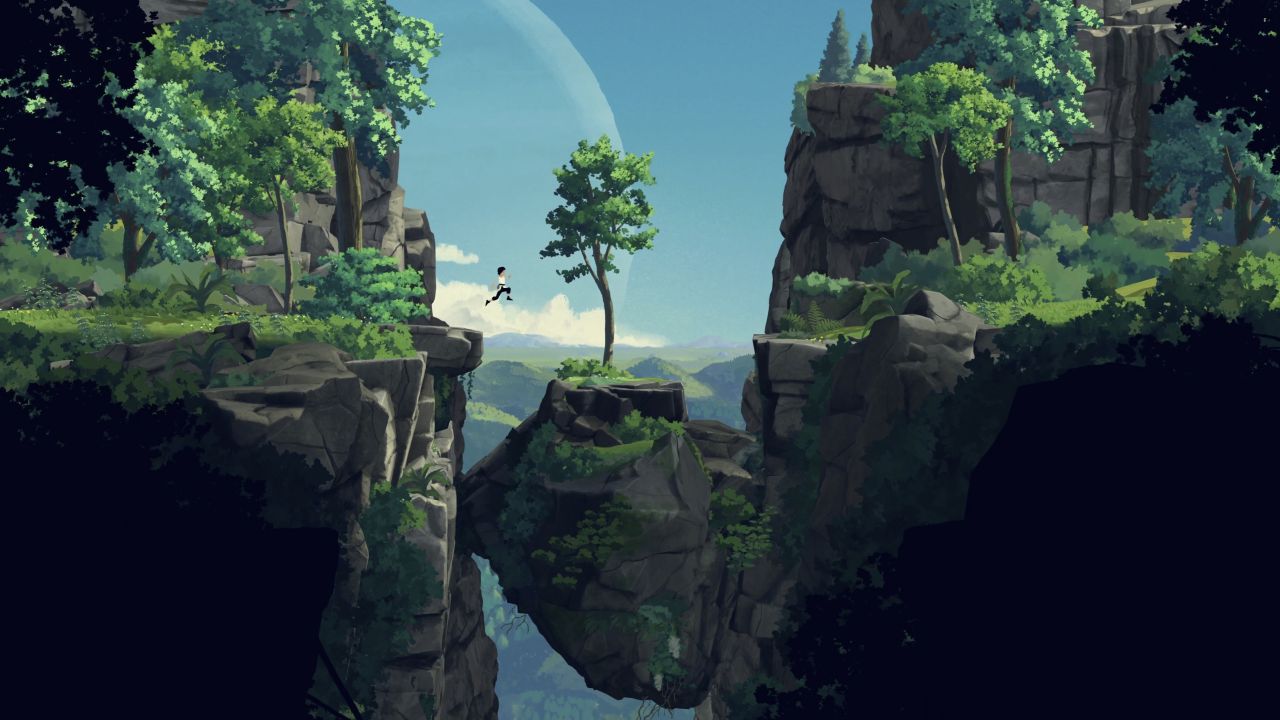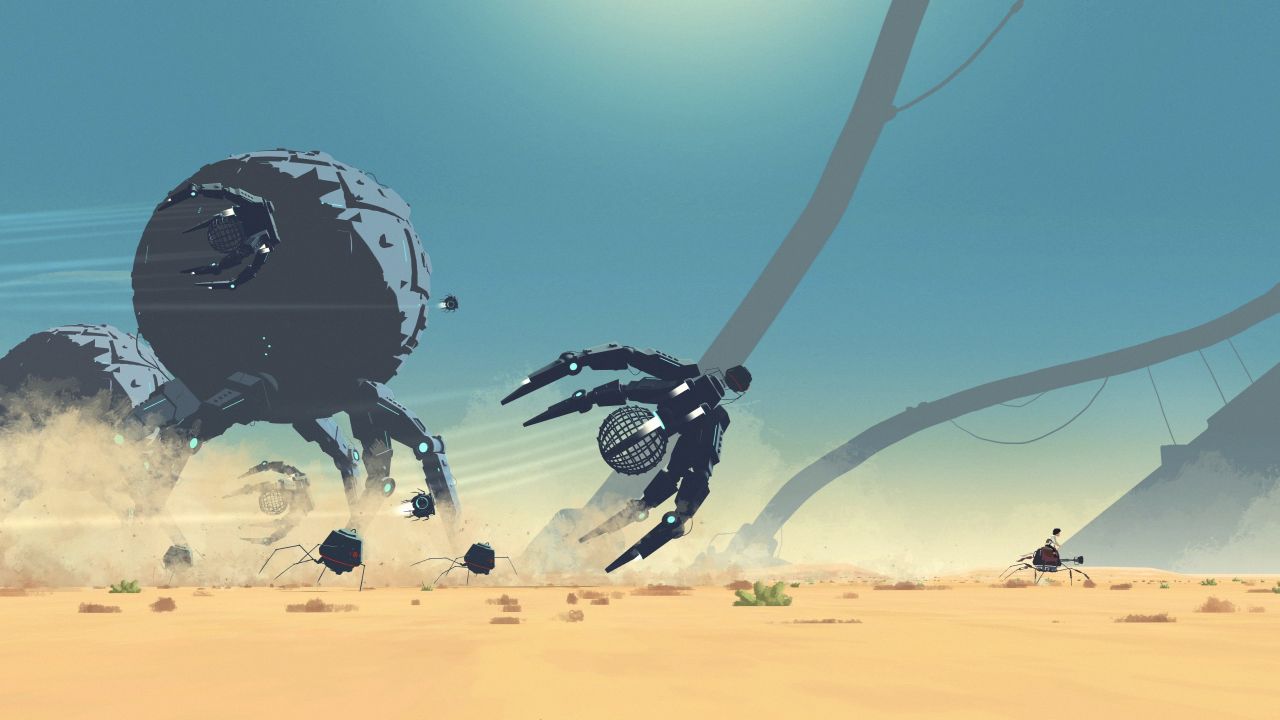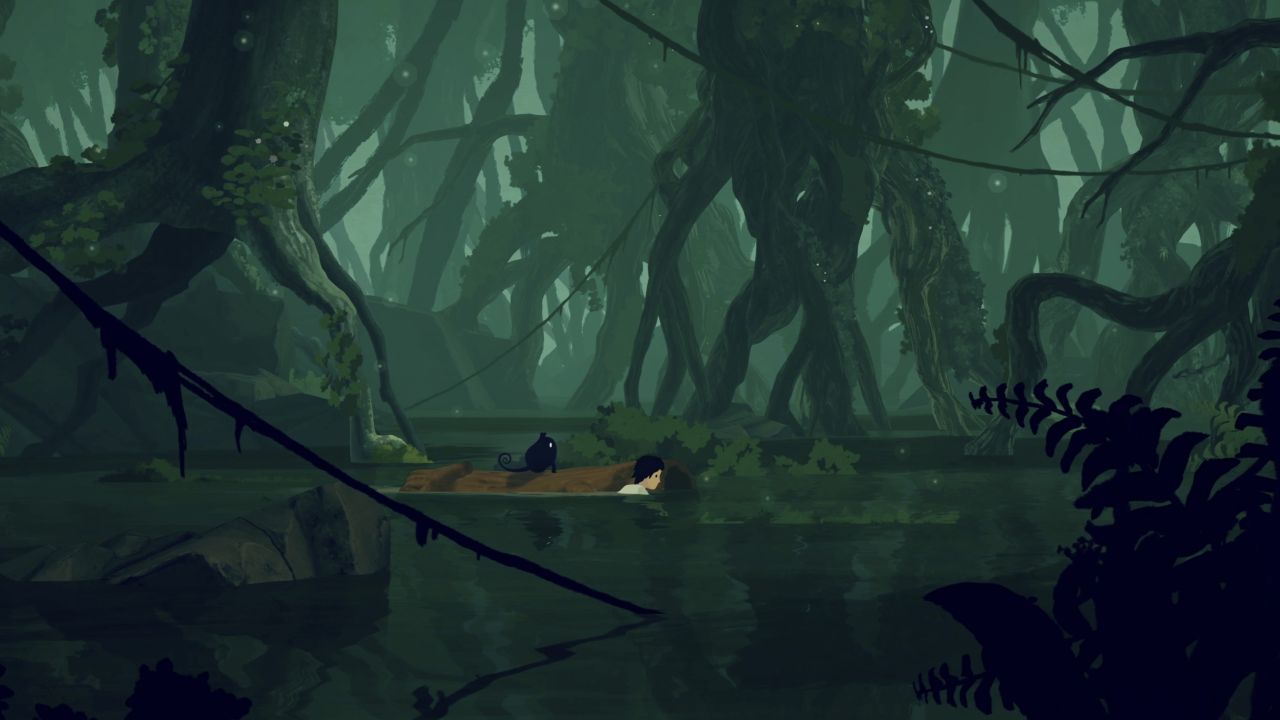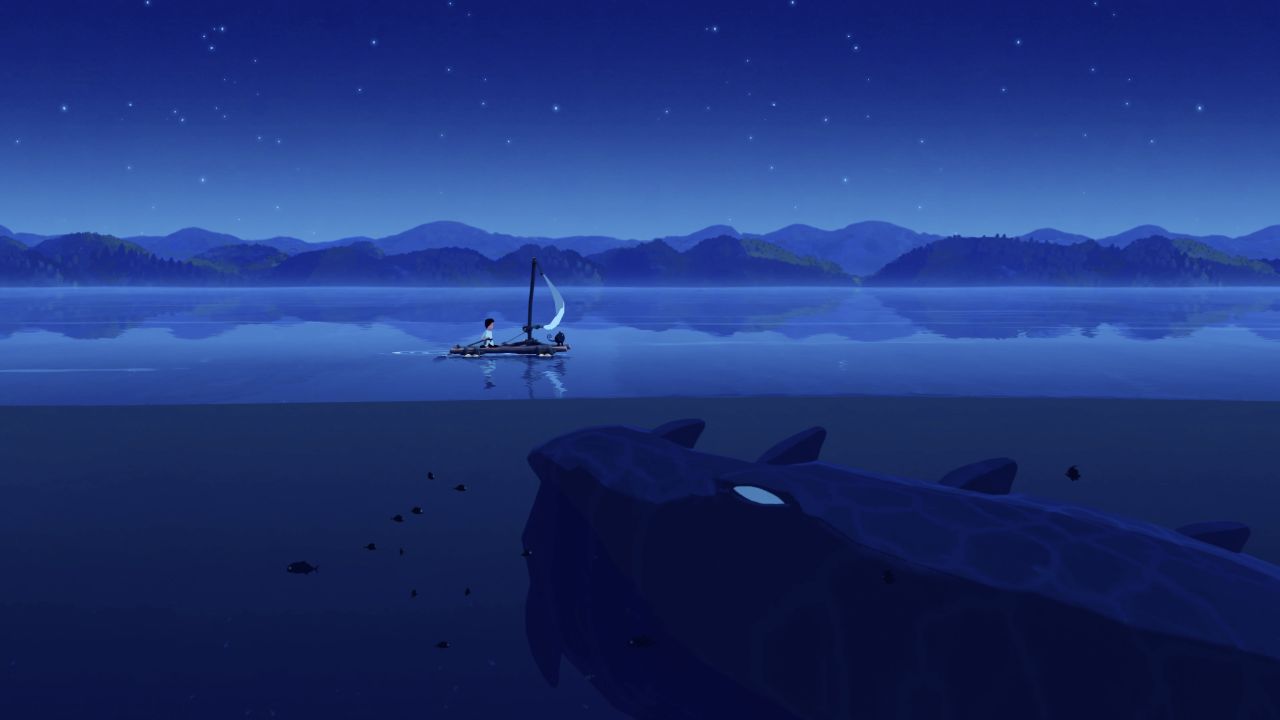Planet of Lana Review
Ever since the breakthrough successes of titles such as Limbo, the 2D puzzle platforming genre has enjoyed a great resurgence. From Inside to Little Nightmares, there’s been no shortage of games that follow a familiar formula; often relying on the general helplessness of the main character and a strong art style to define the experience. The latest such game is Planet of Lana, which is a well put together adventure with familiar mechanics, but one that lacks an engaging narrative and suffers from gameplay repetition.

Players assume the role of a young girl named Lana, who lives in an idyllic tribal village. There is a bright blue river nearby, with some homes built upon both water and the lush greenery on land. She sets off into the forest with a friend, and while they laugh and enjoy the journey, their trek is soon interrupted. Alien ships come crashing from the sky, and Lana’s friend is abducted. She flees back to the village, only to find aliens both on land and in the sky are grabbing everyone in sight. Alone but determined to rescue her villagers and friend, Lana sets off on a journey across her planet that has been changed by the invasion.
In games such as this, narratives rarely take center stage – or at the very least, they are often shrouded in mystery and don’t offer direct answers. Planet of Lana is a bit more forthcoming with its story, simple as it may be, and your motivations are easily understood. There is even some occasional voiceover – though it is using a fake language. Still, there is no traditional dialogue or text, so not all will become clear in time. Also, while the adventure starts off as a personal and potential emotional trek, it eventually succumbs to excess in the finale (much like Somerville did), undermining those aspirations.

If you’ve played any of the indie 2D puzzle adventure platformers in recent years, you already know exactly what to expect here. In a strictly 2D world, you’ll move left or right within the game world, as a dynamic and cinematic camera zooms in and out to showcase the environments as needed. Lana can jump at any point, which does make the gameplay feel a bit more freeing than similar games of this type. You’ll need to jump between platforms, climb ropes, crouch to hide from enemies, and grab and push objects all in a bid to continue your progress. Things start off with straightforward stuff like pushing boxes towards ledges to reach the top, balancing scales, and so on. There are moments that require quick reactions, and even QTEs, though the latter can be turned off. It’s all competently made, but very much run of the mill, and there are not a lot of particularly creative or memorable puzzles to face.
The stealth moments are just waiting games for the enemies to move; sometimes the puzzles take a long time because even though you know what to do, you must wait and make one action at a time to avoid getting spotted. As expected, being spotted means instant death and restarting at a checkpoint. The game controls a bit awkwardly with a keyboard and mouse combo, so a controller is probably recommended.

The dynamics do change a bit with the introduction of Mui, a small alien creature that you rescue and befriend. The alien invasion brought not only robots to the surface, but also a few dangerous alien creatures, which are what often require Lana to be swift in her actions. Mui acts as a cute and helpful companion, used in both puzzles and platforming. It will follow you automatically, but you can also tell it to stop – this is often used to strategically cross chasms by taking turns, and so on. Lana will also eventually directly issue commands to Mui, telling it where to go or what to interact with. These mechanics are again used in fairly predictable and typical puzzles, ones that players have seen before in countless other games that have a companion element. While all of the puzzles and platforming sections are competently put together, they just don’t offer a lot of freshness and thus begin to grow tedious. Even at just 3-4 hours in length, Planet of Lana becomes a bit dull to play, though at least you’re getting good value for money with its $20 price tag.
As is often the case with the games in this subgenre though, where Planet of Lana manages to stand out is its presentation. The game has a great art style, which may remind some players of the works from Studio Ghibli. The colors are vibrant and the various locales you traverse – brightly lit forests, dark caverns, alien laboratories – feel well-realized. The great painterly aesthetic also helps hide some of the technical visual shortcomings, though animations are solid and the foreground and background objects are of good quality. Equally well put together is the soundtrack, which features great music that could rival TV/movie productions.

Planet of Lana has a fairly promising start, but its narrative is thin and chooses to end with a bang that undermines its goals to be an emotional tale. The platforming and puzzle gameplay is very competently put together, and the controls are fine, but things begin to grow tedious despite the relatively brief length, as all the environmental challenges you face have a very similar feel to them. The game’s standout feature is its presentation, with a great art style and soundtrack, which might just be enough to win over some fans of 2D puzzle platformers, along with its very agreeable asking price.
